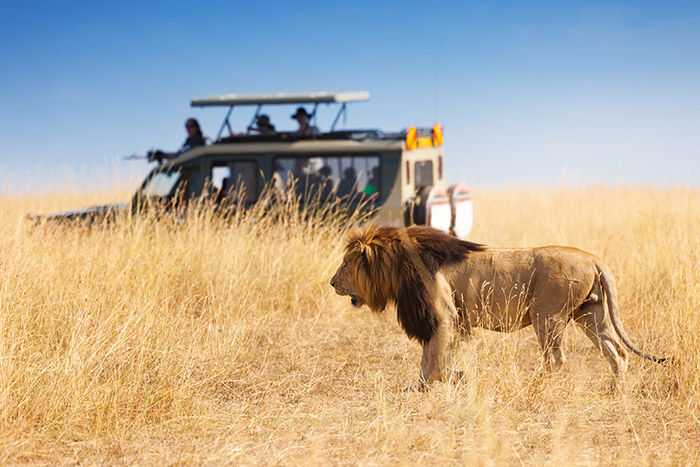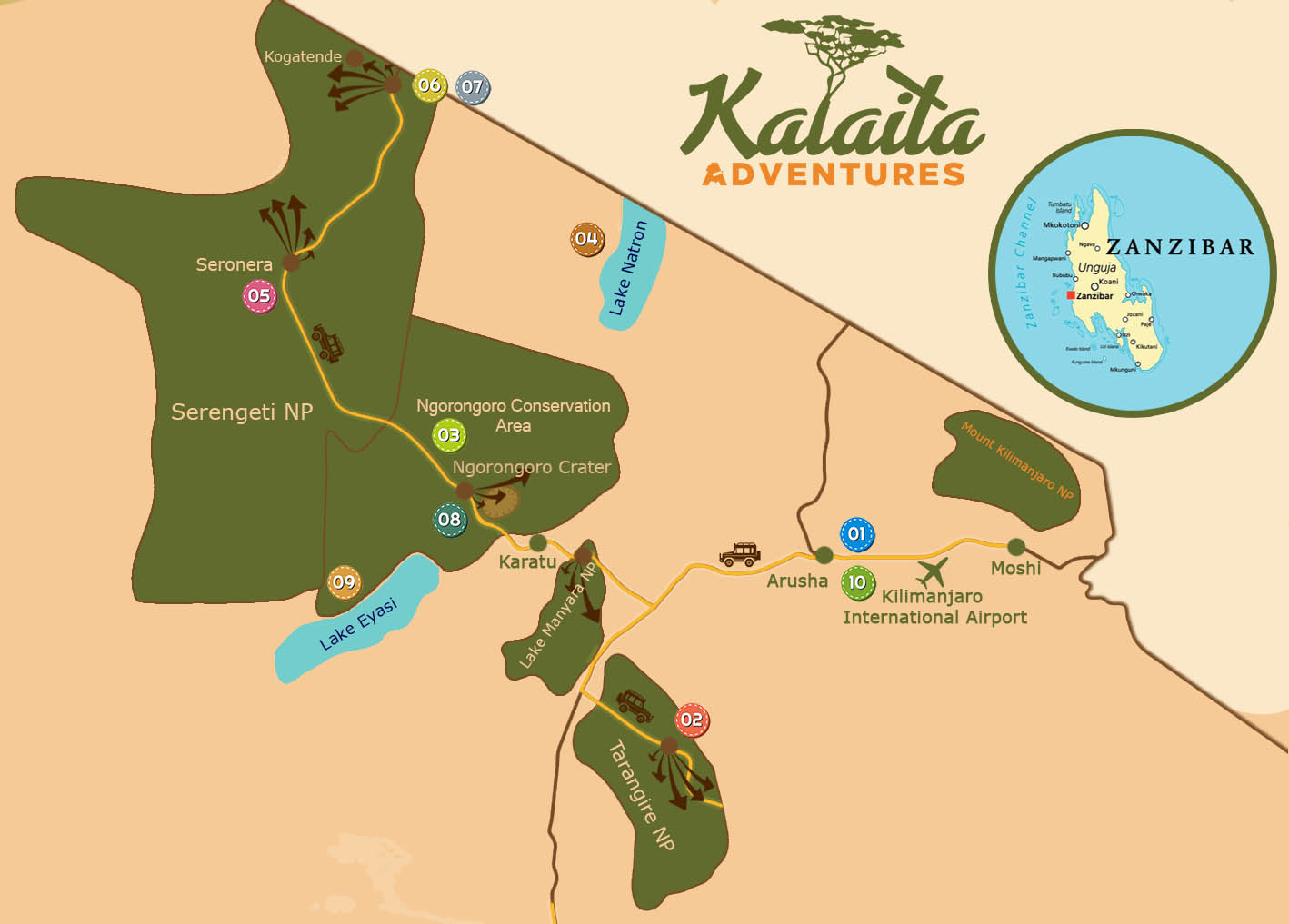10 Days Safari Tarangire, Lake Naton, Lake Eyasi, Olduvai Gorge, Serengeti & Ngorongoro
Tour Overview
A safari to Tarangire, Lake Natron, Lake Eyasi, Olduvai Gorge, Serengeti, and Ngorongoro offers diverse experiences. Spot elephants in Tarangire, explore the salt flats of Lake Natron, and visit Lake Eyasi for cultural encounters with the Hadzabe. Discover early human history at Olduvai Gorge, witness the Great Migration in Serengeti, and explore the wildlife-rich Ngorongoro Crater.
High Season (June to October & December to February):
These months are perfect for safaris and beach excursions, thanks to the pleasant climate and outstanding wildlife viewing. However, be prepared for elevated hotel prices and busier parks and attractions.
Mid Season (March & November):
This time strikes a balance with moderate hotel rates and fewer crowds. While the weather can be unpredictable and some attractions may have limited access due to rain, you can still enjoy excellent wildlife sightings and a more tranquil safari experience.
Low Season (April & May):
Ideal for those on a budget, the low season offers the most affordable hotel rates and the least crowded parks. Although heavy rains can impact travel plans, they also create a lush and vibrant landscape that enhances the beauty of your surroundings.
BOOK THIS SAFARI
Included
- Tanzania landing airport pick up
- Guide driver
- Mineral water (2 bottles per person per day)
- All transfers and safari vehicles
- All hotel accommodation
- All hotel meals (breakfast, lunch, dinner, Based on the itinerary)
- All national park fees
- All government taxes
Excluded
- Tanzania Landing Visa
- Yellow fever vaccination (Not mandatory for Tanzania unless guest spend more than 12 hours in a Yellow Fever country prior to arrival)
- Alcohol and beverages for personal consumption not included in meal plan
- International and local Flight Ticket
- Local activities not indicated
- Guide Gratuity (tips)
Note: Availability for accommodation have to be checked before confirming safari and accepting payment. We advise guest to book months in advance to secure accommodation availability especially for peak seasons.
The Serengeti offers an optional hot-air balloon ride for USD $595 per person.
Day 1
Kilimanjaro International Airport - Arusha
You’ll land at Kilimanjaro International Airport today. After clearing immigration and collecting your luggage, your driver will meet you in arrivals and transfer you to your accommodation in Arusha. Given its proximity to some of the best national parks in Tanzania as well as Mount Kilimanjaro, most people visiting this city are here to start an adventure. After a long travel day you may want to relax, but if you’re interested in seeing more of a city that’s buzzing with excitement we can arrange a city tour or other experiences for you.
Accommodation
BUDGET
Forest Hill lodge
MID-RANGE
Serena hotel Arusha
LUXURY
Legendary lodge
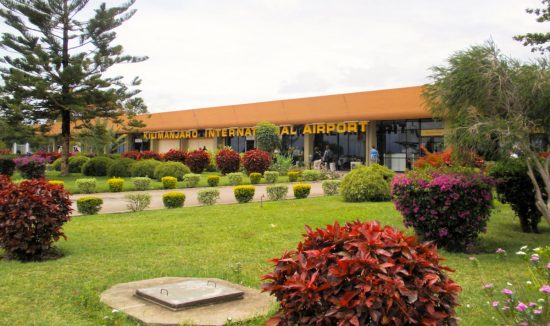



Day 2
Tarangire National Park
You will set off for Tarangire National Park, the park is situated in the southern section. The park is known for the large numbers of elephant that congregate here. There are substantial populations of wildebeest, zebra, impala, giraffe, eland and buffalo as well, and even a few localized and unusual species including the gerenuk and fringe-eared Oryx. The primary landscape is dry, open woodland scattered with hundreds of Africa’s prehistoric ‘Trees of Life’, the baobab tree. You’ll explore the park in your private vehicle, stopping for a picnic lunch during your game drive, and eventually head to your camp for the evening.
Accommodation
BUDGET
Marera Valley lodge
MID-RANGE
Oldeani Mountain lodge
LUXURY
Neptune Ngorongoro Luxury Lodge
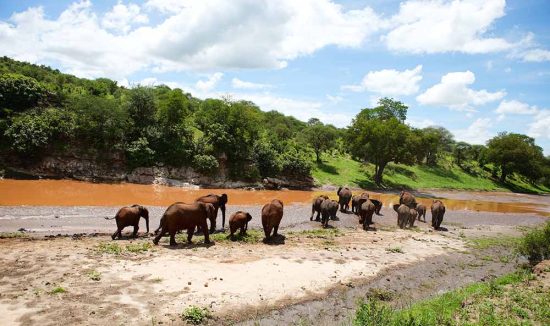



Day 3
Olduvai Gorge
Olduvai Gorge is a UNESCO World Heritage and palaeo-anthropological site within the borders of the Ngorongoro Conservation Area and was made famous by Louis and Mary Leaky, who conducted numerous digs here in the mid-20th century that unearthed early hominid fossils. These fossils have proven invaluable in furthering our understanding of early human evolution. The gorge is a steep-sided ravine about 48 kilometers (30 miles) long and fossils exposed in the sides cover a time span from about 2.1 million years ago to 15,000 years ago. There is a museum overlooking the gorge that helps guide you through the history of the site and the various fossils found here, and there are resident experts on site who you can chat with about current research. The northern circuit involves a lot of time spent in a vehicle, and we’ve found this day to be an interesting and refreshing change of pace mid-way through your trip. At the end of your visit at Olduvai Gorge, you’ll proceed to the great Serengeti.
Accommodation
BUDGET
Embalakai Camp
MID-RANGE
Serengeti Sopa Lodge
LUXURY
Nimali Serengeti
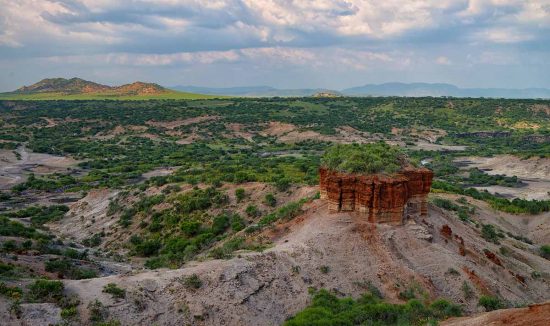



Day 4
Lake Natron
Accommodation
BUDGET
Embalakai Camp
MID-RANGE
Serengeti Sopa Lodge
LUXURY
Nimali Serengeti
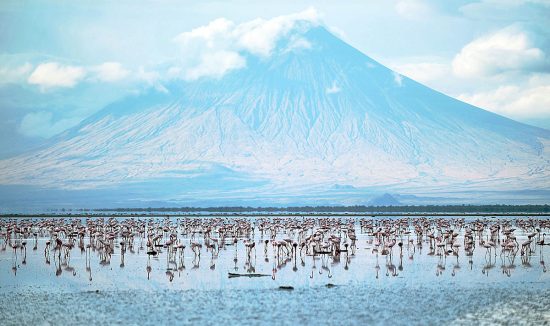



Day 5
Central Serengeti National Park
The central Serengeti is where the southern short grass plains meet the acacia woodland, and the Ngare Nanyuki underground river creates pockets of permanent water that support year-round concentrations of wildlife. With easy prey available throughout the year there is plentiful big cat activity here and the dramatic rocky kopjes that dot the plains serve as excellent observation points for cheetah, lion and leopard. The Serengeti also hosts over 500 different bird species, including a variety of bustards, bright lilac-breasted rollers and shimmering starlings.
Accommodation
BUDGET
Embalakai Camp
MID-RANGE
Serengeti Sopa Lodge
LUXURY
Nimali Serengeti
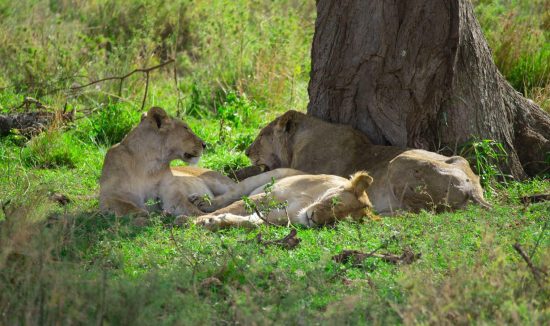



Day 6-7
Serengeti National Park - Great Migration
The northern section is an area of rolling grassland and tree-lined watercourses and is the most sought-after when the migration is passing through. Instinct drives two million wildebeest and zebra from the Serengeti to the fertile lands of the Masai Mara in Kenya to feed. To get there they must cross the Mara River, swollen by the floods of the rains and teeming with crocodile. The herds plunge into the river by the thousands, and those that survive the crossing must stay alert enough to avoid the big cats lurking on the far side. At some point the grasses will be exhausted and as birth time approaches, the herds will wander back to the southern Serengeti. Seeing the river crossings from the northern Serengeti is the ‘Holy Grail’ of the migration, and you need to plan your safari to be here at the right time.
Accommodation
BUDGET
Kenzan Mara Tented Camp
MID-RANGE
Lemala Mara Camp
LUXURY
Lemala Kuria Hill lodge
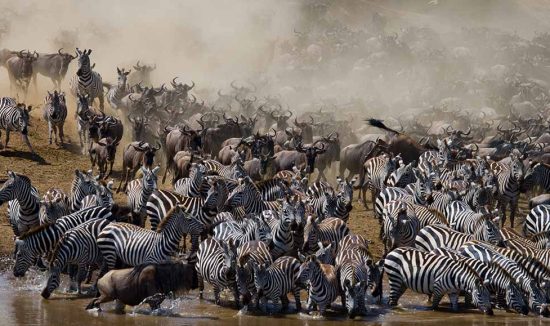



Day 8
The Ngorongoro Crater (Conservation Area)
The Ngorongoro Crater is the world’s largest volcanic caldera. It is almost 20 km wide, approximately 600 m deep and is known for its large variety of wildlife. In addition to viewing the Big Five (Rhinos, Leopards, Lions, Buffalo and Elephants) various springs attract animals such as Wildebeests, Gazelles, Reedbucks and countless bird species. You will stop to have lunch at a beautiful designated picnic area around noon. The Ngorongoro Crater, one of the most important protected areas in Africa, with a diverse eco-system, which boasts to be the home of 2-3 million wild animals.
The best time to be on a game drive in the Ngorongoro Crater is early. With regard to visitors, the crater is the quietest in the morning, and the wildlife is most active around dawn and dusk. Plentiful resources attracted animals to this bowl-shaped topography, creating a Petri dish of wildlife living in relatively close proximity to each other. There are dense populations of predators and herbivores, and the crater walls create a natural barrier causing unusually high numbers of predator-prey interactions.
Accommodation
BUDGET
Hhando Coffee Lodge
MID-RANGE
The Retreat at Ngorongoro
LUXURY
The Highlands, Ngorongoro
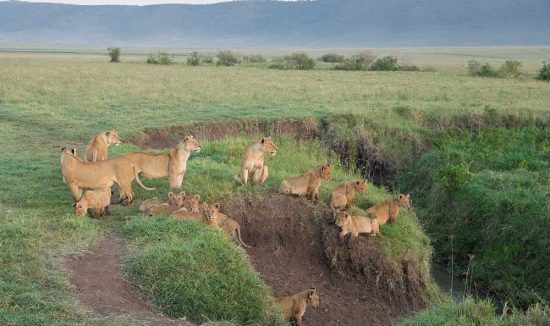



Day 9
Lake Eyasi
Lake Eyasi lies in one of the oldest parts of the Eastern Rift Valley, it runs northeast -southwest for a distance of about fifty miles below the 3000-foot escarpment. To the southeast of the lake is the Yaida valley, which is home to the Hadzabe tribe of hunter-gatherers. Lake Eyasi is a wild, scenically stunning area where you can get a real insight into the way of life of some of Tanzania’s interesting tribes, most notably the Hadzabe and Datoga.
A visit to their community is a cultural experience not to be missed, and it all happens against the backdrop of beautiful Lake Eyasi. A visit to the Hadzabe lands provides visitors with a unique and unforgettable glimpse into an ancient culture. Watching an early morning hunting display, gathering honey, and traditional dance performances are all part of the experience.
The Datoga, like the Maasai, are pastoralists. However, unlike the Maasai, these pastoralists are also skilled silversmiths who supply the Hadzabe with iron tips, knives and spears in exchange for honey and fruits. The Datoga blend in with their environment with outfits that are a reddish brown color, similar to the soil, with reddish patched leather dresses, necklaces, beadwork and bracelets. Another cultural feature that distinguishes the Datoga from other tribes is the decorative facial scarification with circular patterns around their eyes.
Accommodation
BUDGET
Hhando Coffee Lodge
MID-RANGE
The Retreat at Ngorongoro
LUXURY
The Highlands, Ngorongoro
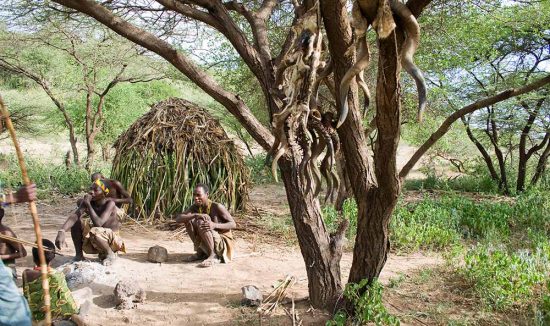



Day 10
Departure
This is you last day on with our time, depending on you next schedule or flight you will have a wide option to select. From cultural activities, City tours, Tanzanite tour and many more. Late we shall bid a farewell for you departure to next destination or home.
Accommodation
BUDGET
N/A
MID-RANGE
N/A
LUXURY
N/A
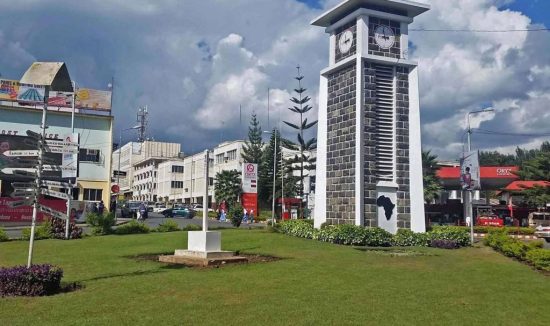
Why Kalaita Adventures?
- Bespoke Services
- Shortest response time
- Tanzania Safari Experts
- 100% local staff
- Highly experienced guides
- Affordable pricing options
